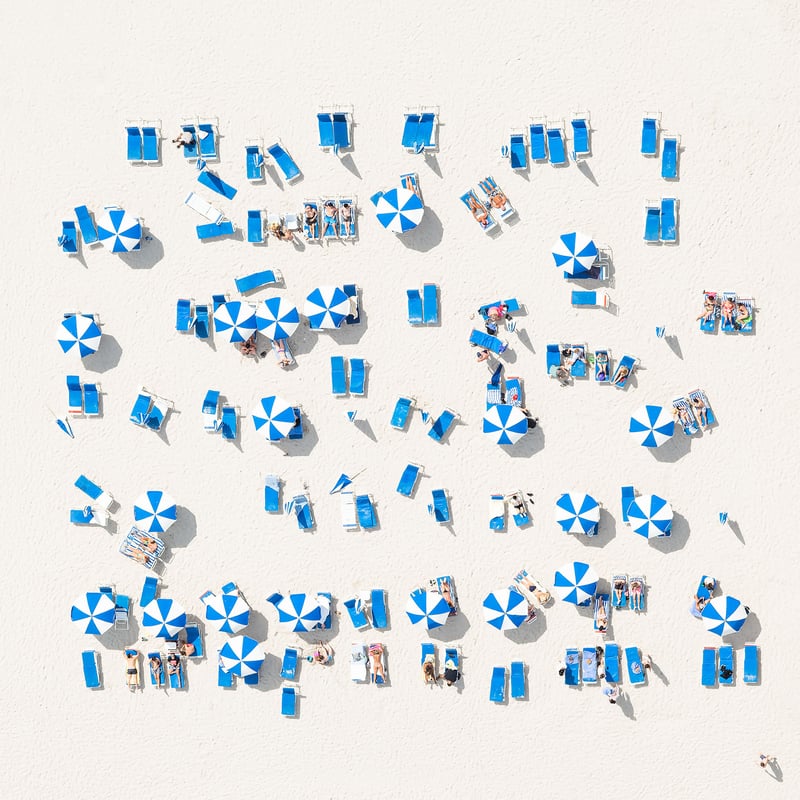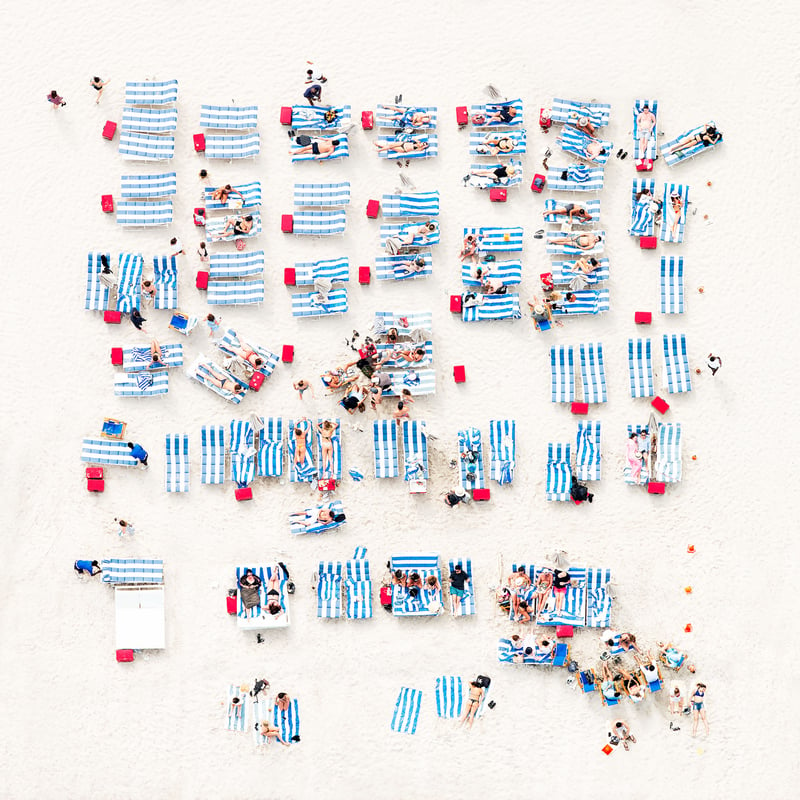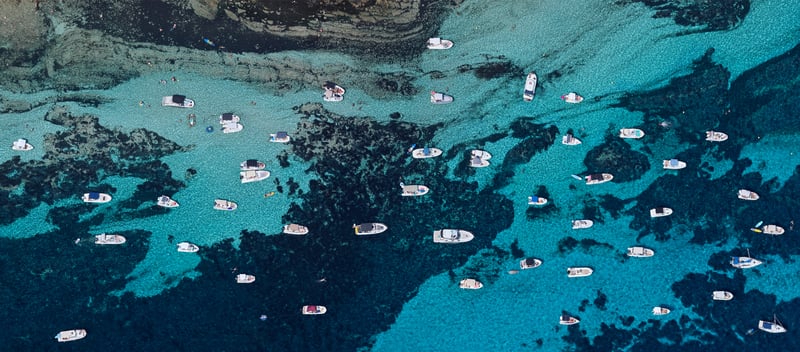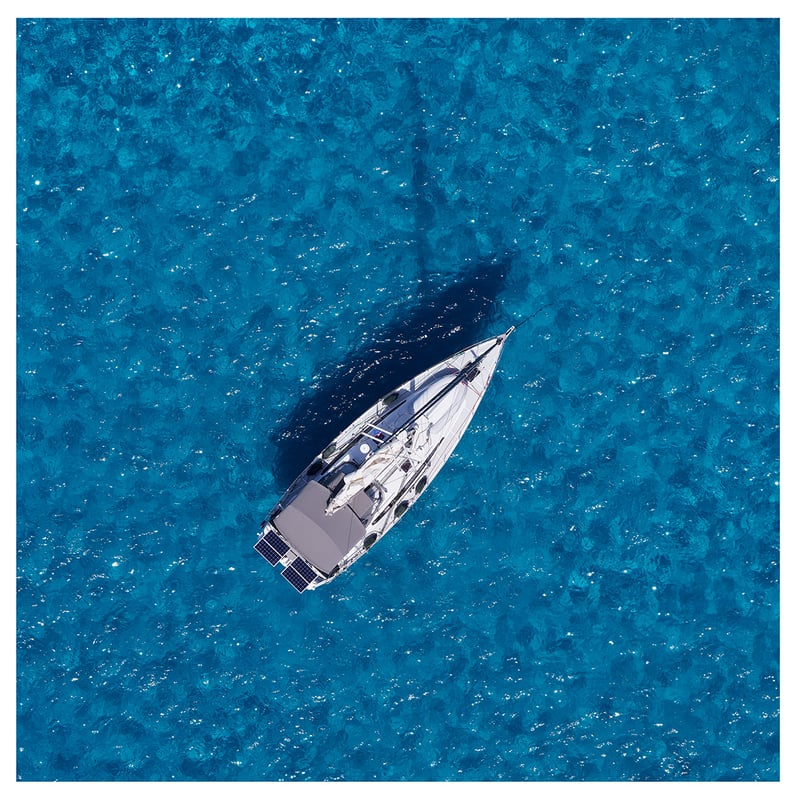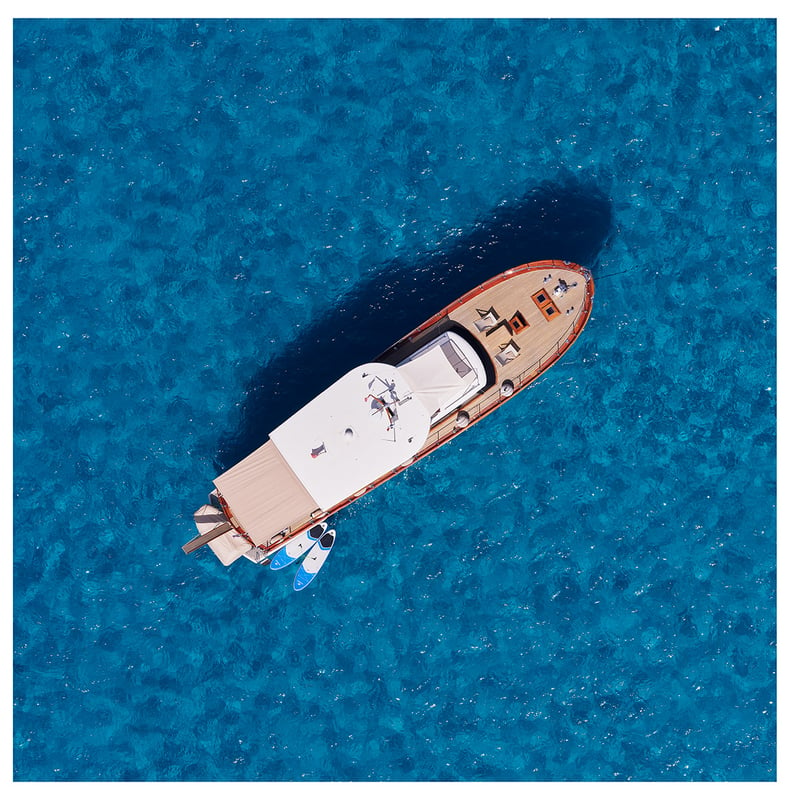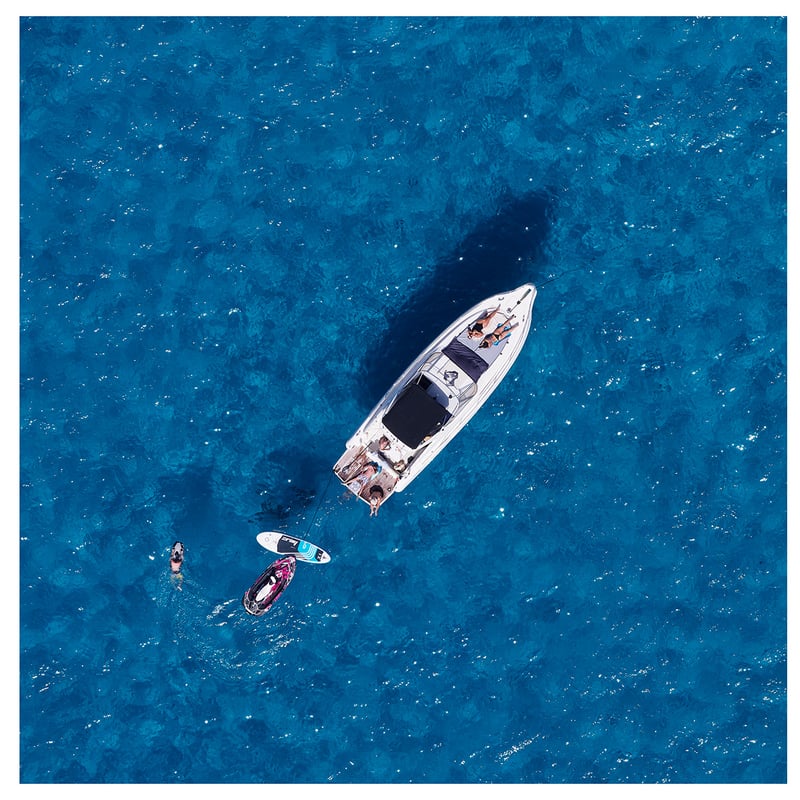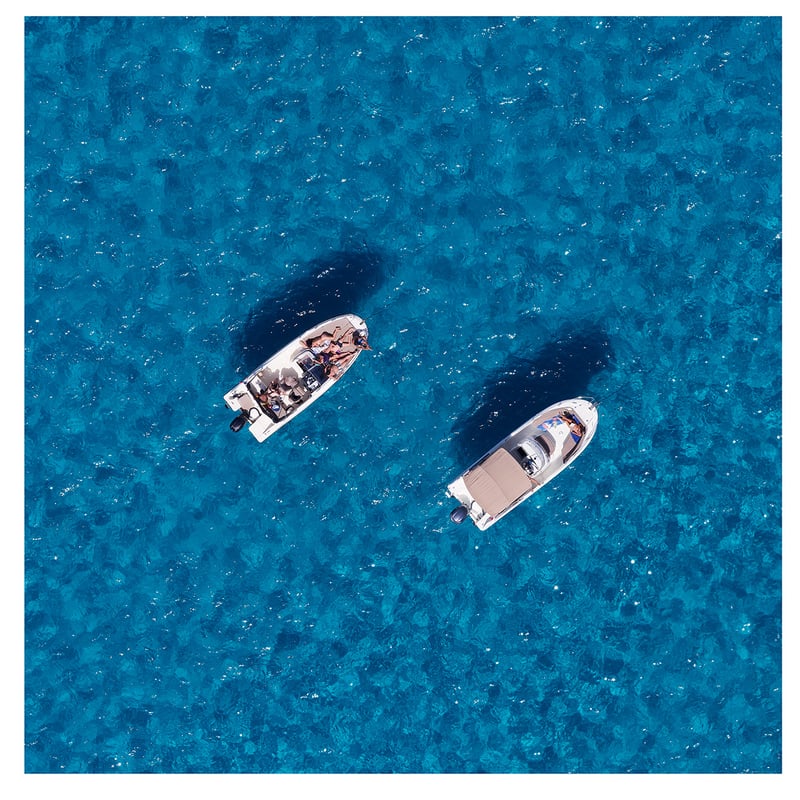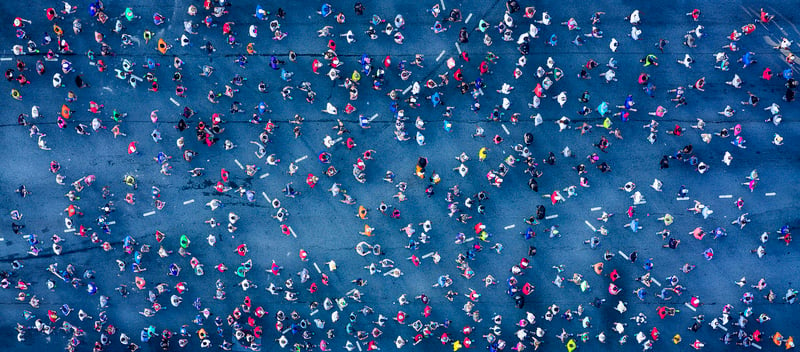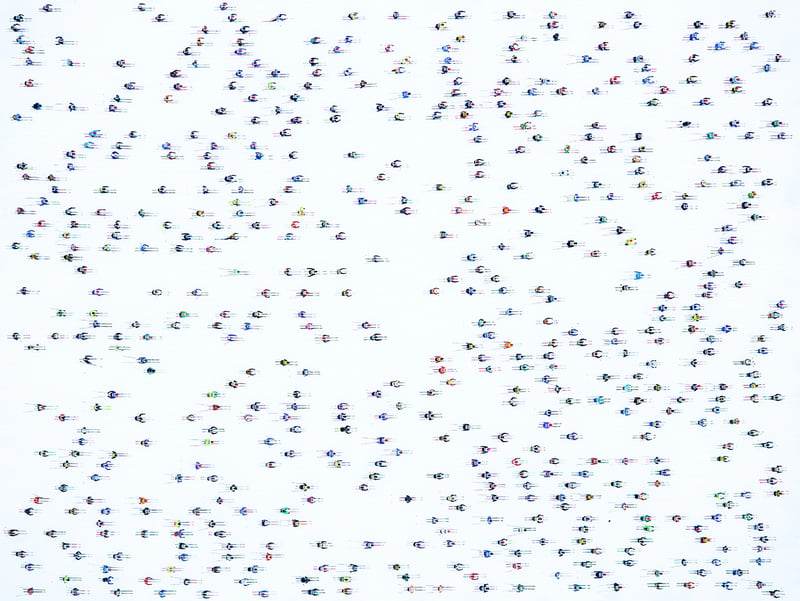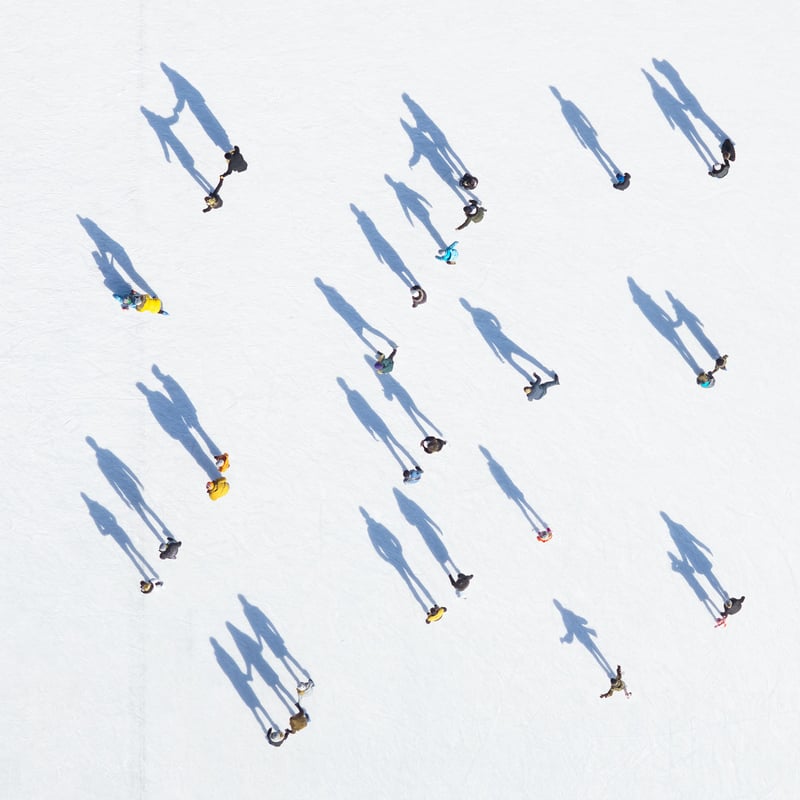Antoine
ROSE

Biography
Up in the air series
Antoine rose has commenced working on “up in the air” series in 2002, while he was shooting the kitesurfing world cup in Rio de Janeiro; being perfectionist, he dedicated a couple of years on refining his ideas. The latest images of the series were shot around the Hamptons shorelines and have been featured at the photo fever art fair in Brussels, Belgium and at the 2012 fall edition of the affordable art fair in New York, receiving a very warm welcome from the audience.
In an interview, the artist confessed about his adventurous working process: “shooting from helicopters, all doors removed, 300 feet above earth at 20 knots and getting tack sharp images that can be printed as large as 120 inches is quite a challenge”. Indeed, his works are oversized photographs (up to 3 meters wide), mounted with a patented Diasec process. They offer seaside panoramas captured from a bird’s eye view.
Connected to art history, the subject of Rose’s photographs evokes the famous “bathers” series of the French post impressionist painter Cézanne. They also call to mind the more recent works of the Italian photographer Massimo Vitali, who became internationally renowned for his interest in crowded beaches and pools. But while Vitali keeps visible the sky in his works, adopting a frontal point of view, even if not from the ground level, rose’s approach is very different: the exclusive bird’s eye view imposes only two fields to his compositions: the ocean and the beach, excluding a third one – the sky. Even more, sometimes the whole image is occupied only by the beach.
There is always a contrast between these two registers, horizontally or vertically arranged: the irregular field of the calm or whirling ocean, in a blue-green color, on the one hand, and the regular register of the beach, where tanned people and artifacts – parasols, beach sheets and towels, or sunbeds – add a variety of natural and respectively industrial colors, on the other hand. Because of the aerial distance, these elements appear as small geometric patterns or puzzle pieces dispersed on the yellowish white sand of the sun-soaked beach surface or like a polka dot design on an immense fabric. The oversized photographs thus oblige the viewer to have a closer look in order to distinguish what they really represent. With regard to this aspect, rose’s powerful camera allows for the highest resolution even for the smallest detail.
These miniature-like representations transform the natural aerial landscapes into abstract paintings and inscribe rose’s works in a minimalist artistic approach. The artist introduces a tension between real and virtual, between what it seems to be seen and what it is really seen, between the visible and the hidden.
Besides the aesthetic dimension, there is an anthropological and sociological layer to reading Rose’s photographs: people sharing common behaviors and exposing themselves like hedonistic herds. The stills of people swimming, surfing or just sitting down on their beach pads suggests a showcase or, given the distance, an insectarium. One can even see a religious connotation: the bird’s eye view makes people seem insignificant dots in the infinite space of the universe, crushed by the immensity of the water field, recalling the biblical universal flood; seen from the sky, like through god’s eyes, people and nature coexist in harmonic or tense relationships displayed on the wall of the gallery, the horizontal surfaces of the beach and of the ocean seen from above switch to a vertical plane, thus disturbing the viewer’s frontal perception. It is only through the mental process that the viewer perceives that the images were shot in a bird’s eye view. In this way, the artist relies on the public’s active participation and receptivity.
News
#ARTMATTERS: WINTER COLLECTION
Winter: a season of art & inspirationARTISTIC ALTITUDES - WINTER COLLECTION OF CONTEMPORARY PHOTOGRAPHIES
ARTISTIC ALTITUDES | WINTER COLLECTION OF CONTEMPORARY PHOTOGRAPHIESANTOINE ROSE & ANTOINE DUFILHO AT THE CANNES YACHTING FESTIVAL
COCKTAIL PARTY WITH THE ARTISTS DURING THE CANNES YACHTING FESTIVAL - THURSDAY 14 SEPTEMBER 2023MEET ANTOINE ROSE IN CRANS-MONTANA
COCKTAIL PARTY ON FRIDAY 24 FEBRUARY 2023MEET ANTOINE ROSE IN VERBIER !
VERBIER - Meet Antoine Rose in Verbier ! Join us for a Cocktail Party on Thursday February 23rd 2023 from 6 pm until 9 pmArtworks

Photography - Original edition of 5ex + 2 AP
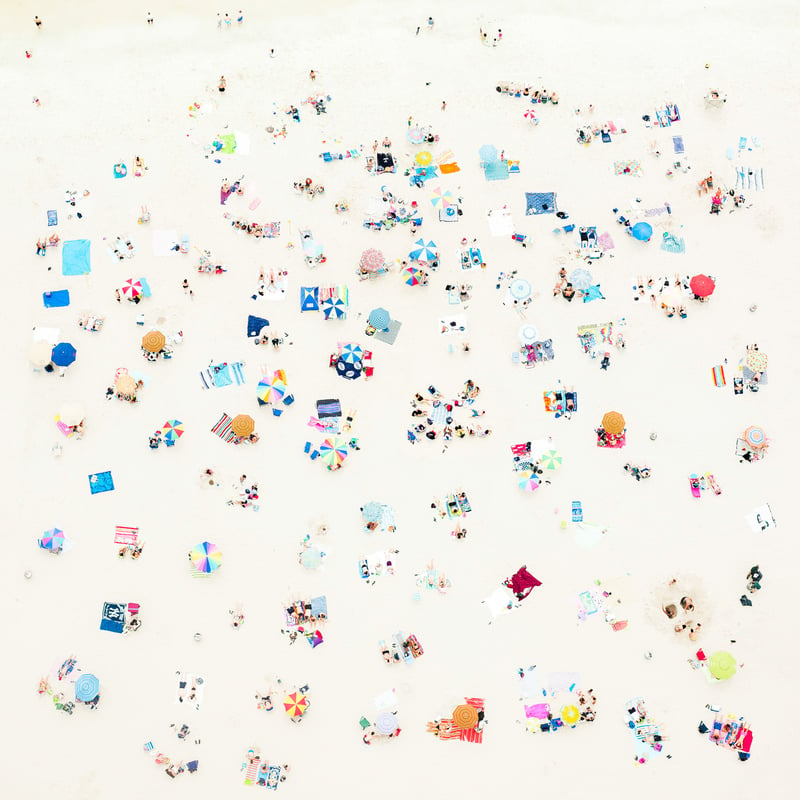
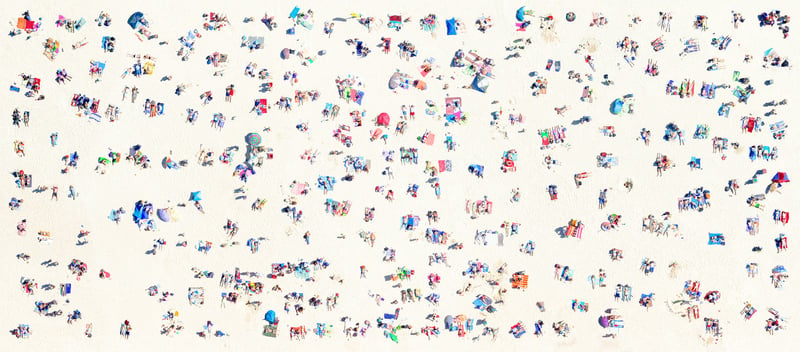
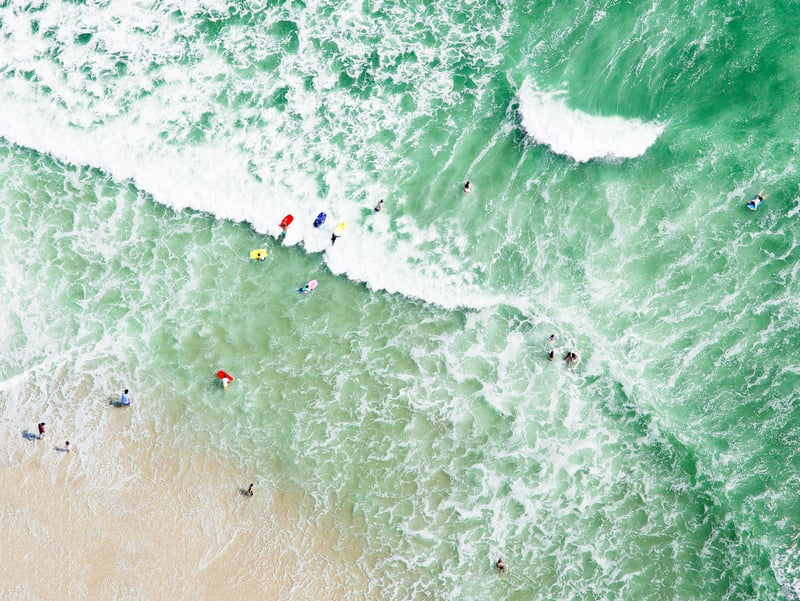

Photography - Original edition of 8ex + 2 AP
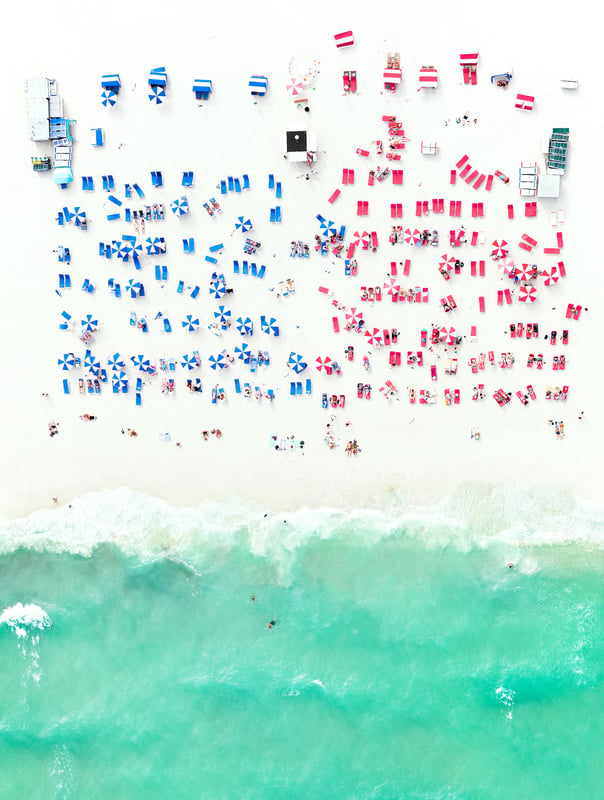
Photography - Original edition of 8ex + 2 AP
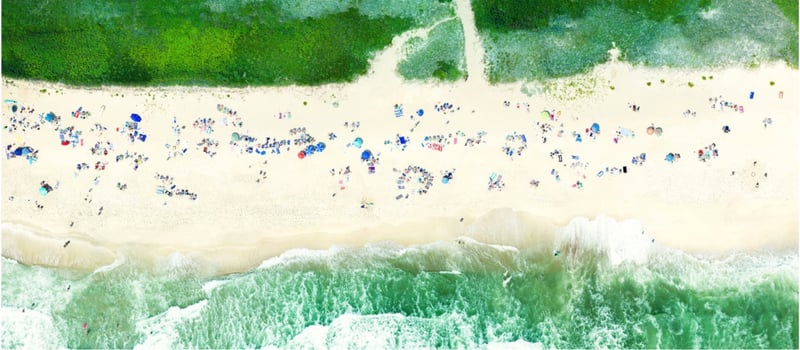
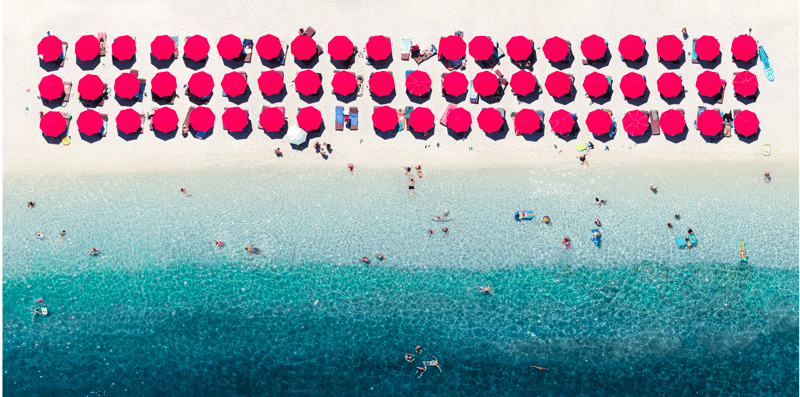
Photography - Original edition of 8ex + 2 AP

Photography - Original edition of 8ex + 2 AP

Photography - Original edition of 30ex
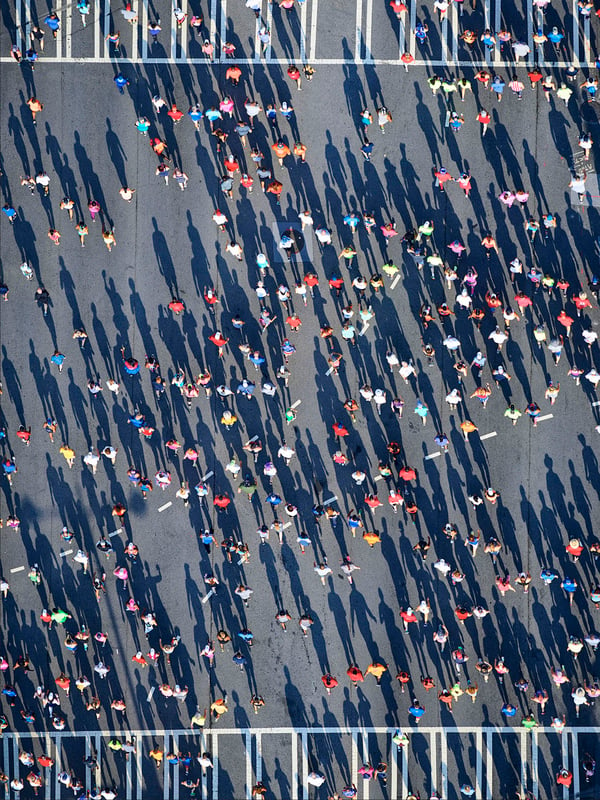
Photography - Original edition of 8ex + 2 AP
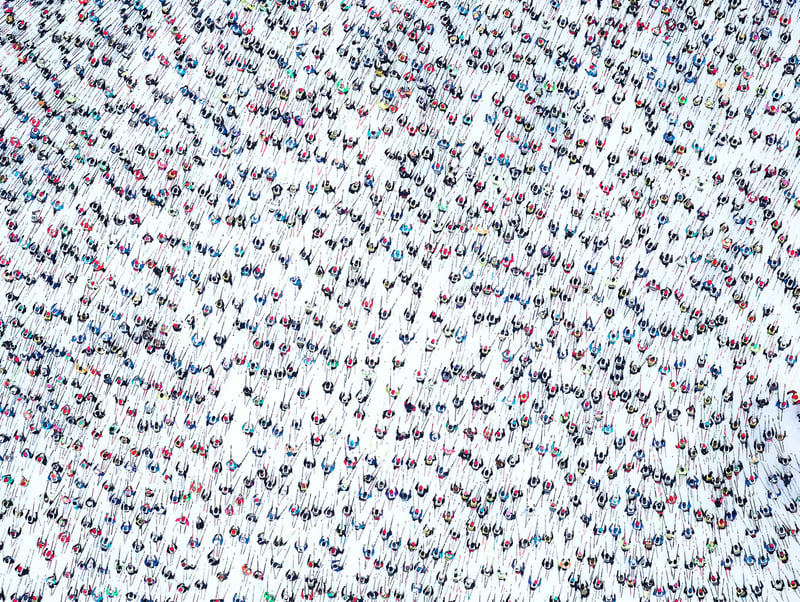
Photography - Original edition of 8ex + 2 AP
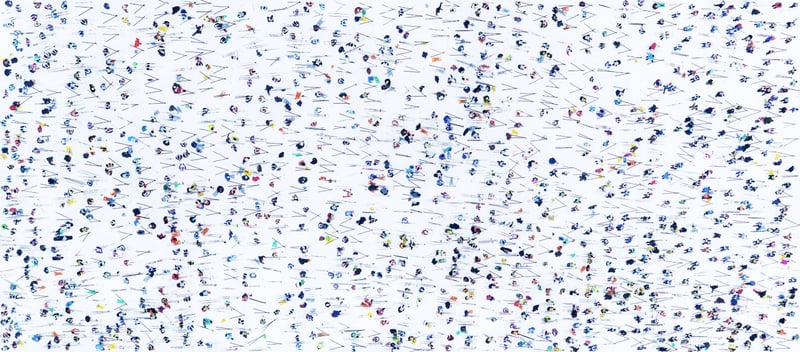
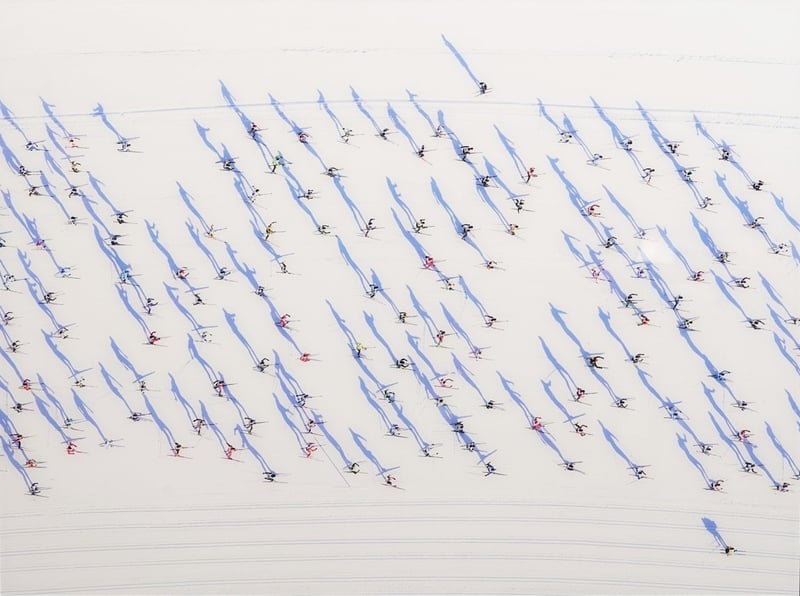
Photography - Original edition of 8ex + 2 AP
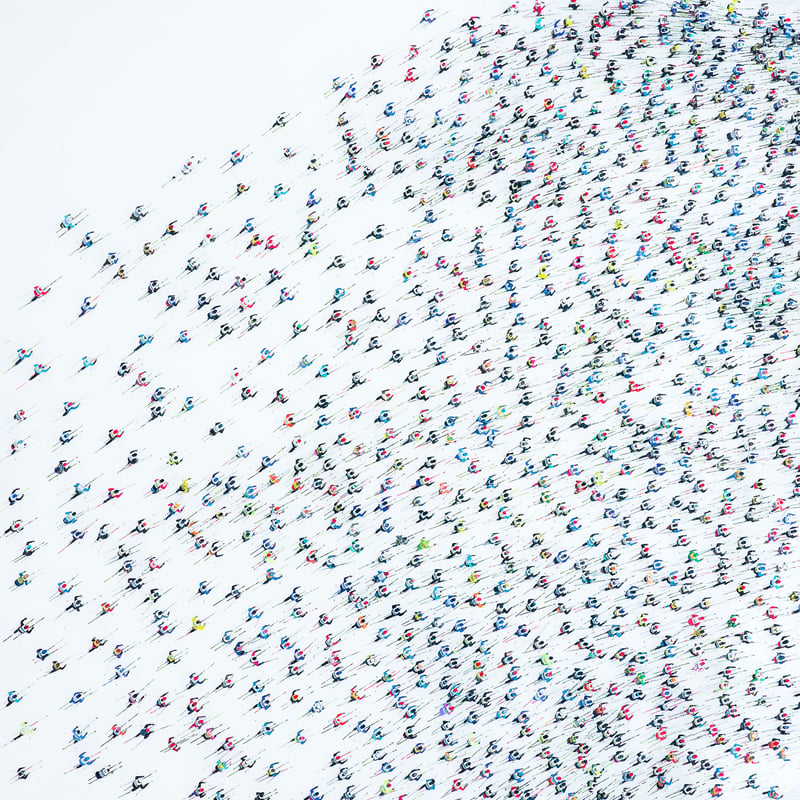
Photography - Original edition of 8ex + 2 AP
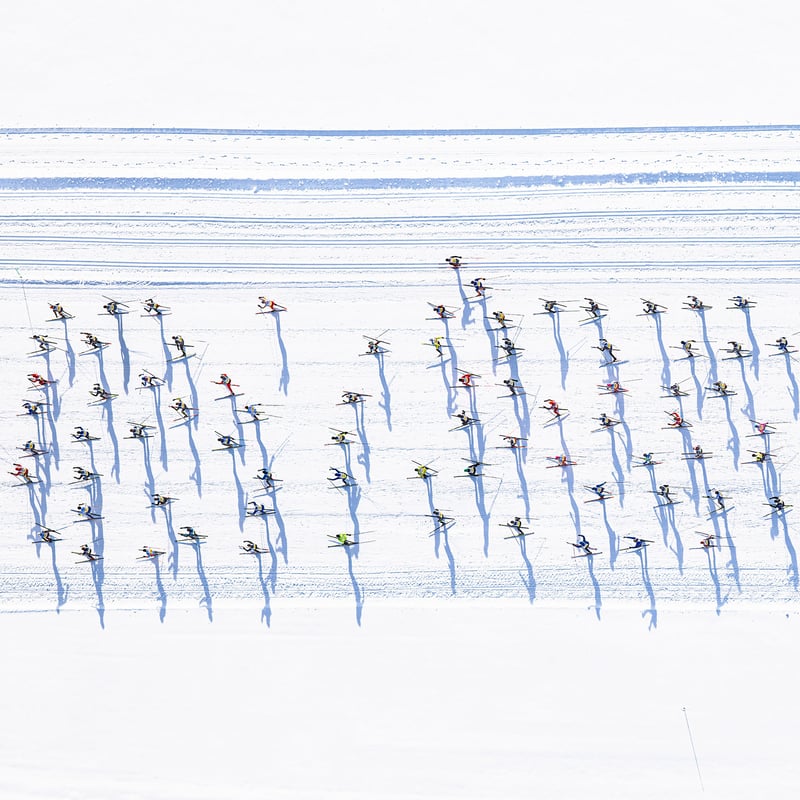
Photography - Original edition of 8ex + 2 AP
Contact
This work interests you ?
Do not hesitate to contact us for any inquiries.



